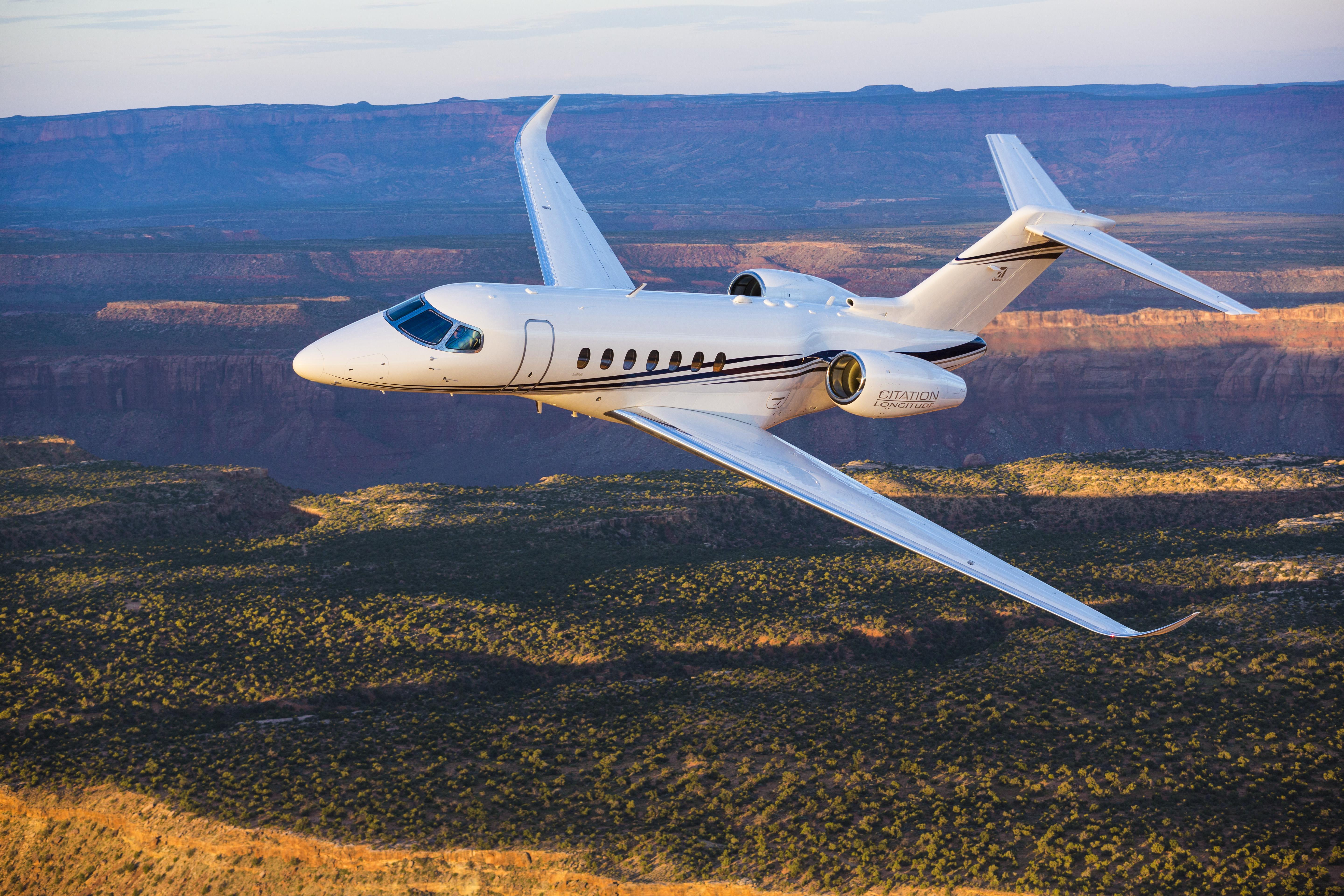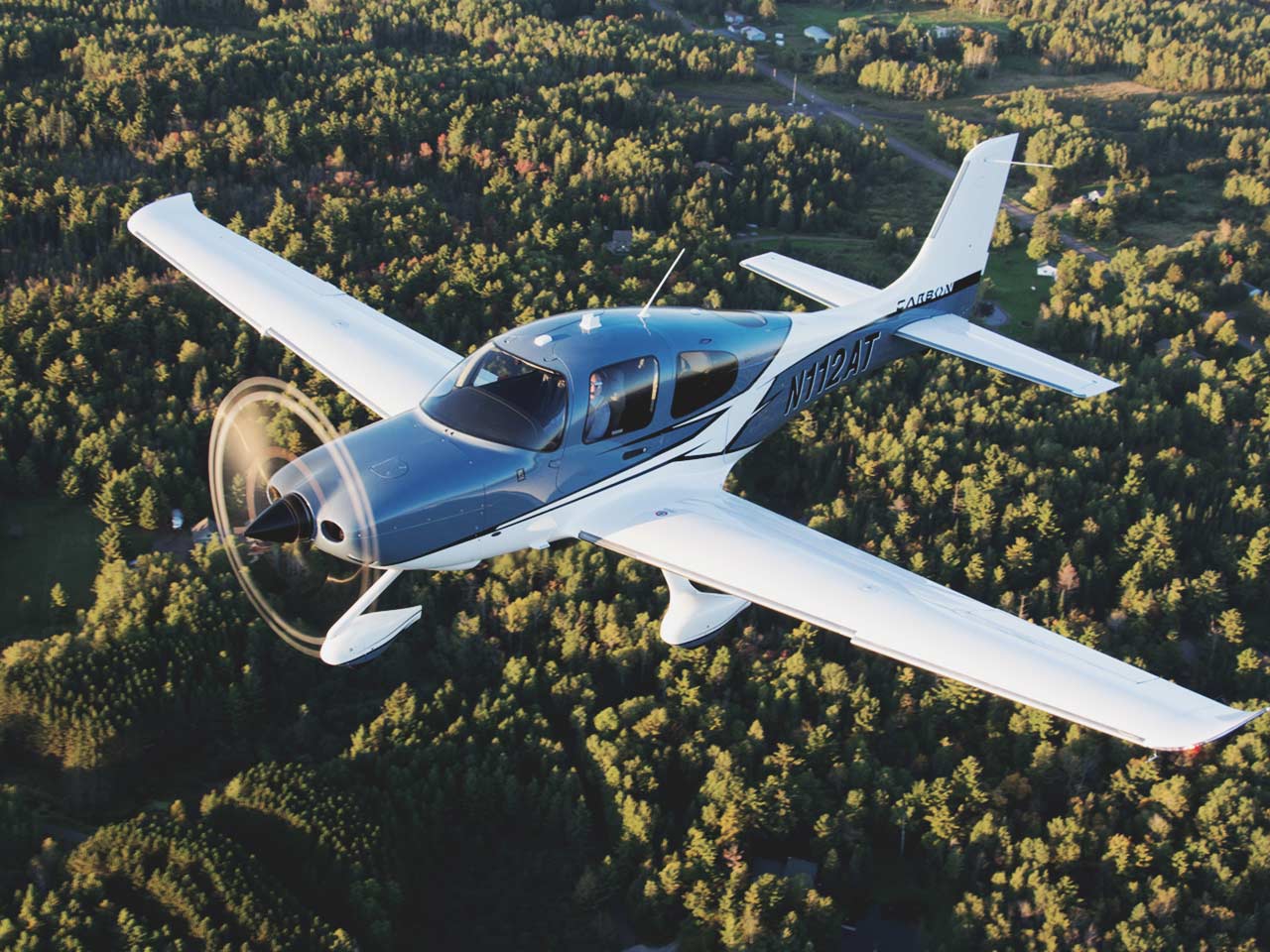Cirrus Aircraft Duluth Mn - Cirrus also stated that personnel are “fully engaged in supporting...
Showing posts with label Military. Show all posts
Showing posts with label Military. Show all posts
Wednesday, March 1, 2023
Constellation Aircraft
Constellation Aircraft - May 17, 2021 at 7:37 pm | # June 13, 2021 at 3:55 am | # In 1973...
Covington Aircraft
Covington Aircraft - "We're certainly very proud of our DOF designation," said Aaron Abbott,...
C700 Aircraft
C700 Aircraft - This aircraft is often used for long-range business travel, as it can easily...
Cirrus Aircraft Duluth Mn
Cirrus Aircraft Duluth Mn - Cirrus also stated that personnel are “fully engaged in supporting...
C700 Aircraft
C700 Aircraft - This aircraft is often used for long-range business travel, as it can easily...
Cirrus Aircraft Jobs
Cirrus Aircraft Jobs - Company officials said David Rathbun was a talented, long-time aircraft...
C5a Aircraft
C5a Aircraft - The C-5B is capable of carrying a maximum payload up to 118,387kg to a range...
Caribou Aircraft
Caribou Aircraft - About half a dozen DHC-4s were bought new by truly commercial firms, however,...
Cargo Aircraft Only Label
Cargo Aircraft Only Label - Depending on the Watt-hour rating for lithium ion cells or batteries...
Subscribe to:
Posts (Atom)
Follow Us
Popular Posts
Search This Blog
Powered by Blogger.
Blog Archive
- March 2023 (20)
Labels
- Military





